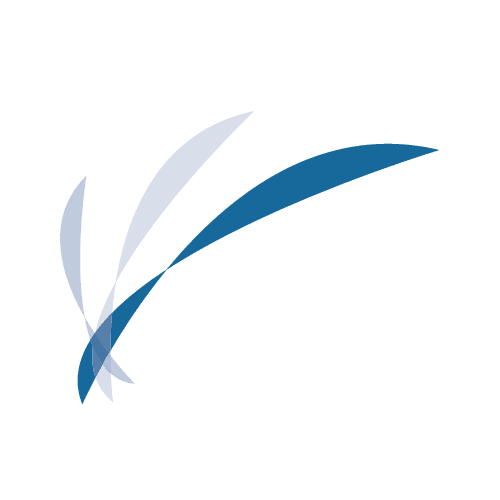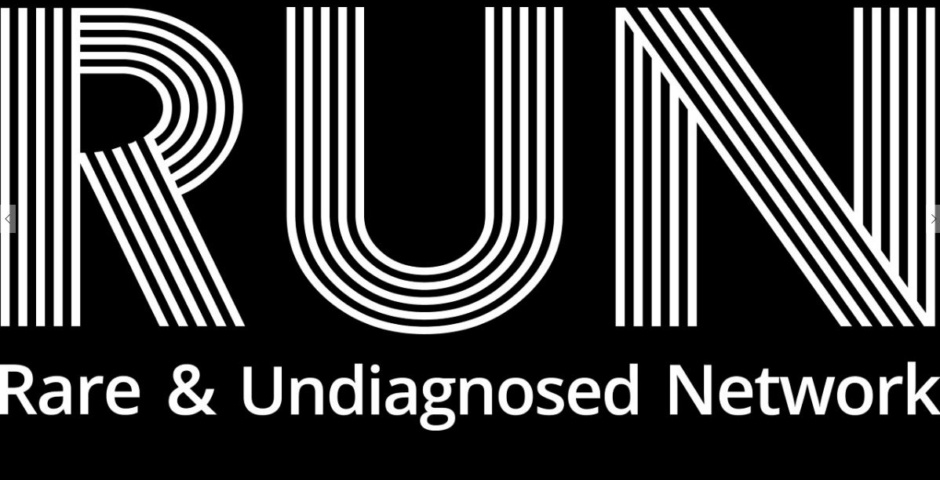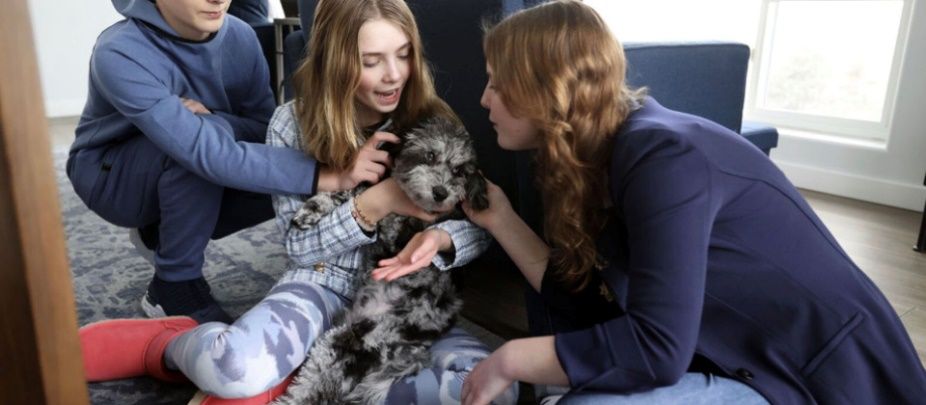Rare & Undiagnosed Network Provides Advocacy, Networking and Support for Patients and Families
Increasing support and awareness worldwide for rare and undiagnosed patients and families.

03/23/2023

With the collective dedication of advocates, patients, families, researchers and healthcare providers, thousands of rare and undiagnosed patients and families in the US and worldwide are getting the benefits and support of increased awareness, access to genomic information and community. Advancing the mission and vision of the Rare & Undiagnosed Network (RUN), an incredible group of ‘champions’ is providing education, advocacy and support for people with rare and undiagnosed diseases as well as invisible and chronic illnesses.
Gina Zanik (Szjanuk), co-founder and executive director of RUN, communicates her passion: “We’ve built a network for patients, caregivers, physicians, researchers, health professionals, policy makers, public authorities, industry representatives and anyone else with a genuine interest in making a difference to help advocate for our children and loved ones who live with a rare or undiagnosed disease.”

Photo Credit: Kristin Murphy, Deseret News
——————————————————————————————————————–
What is an Undiagnosed Disease?
Per the Undiagnosed Disease Network International (UDNI): UDs are conditions that elude diagnosis by a referring specialist for a long time and despite extensive investigations; the term can include/refer to unnamed disorders with common characteristics, phenotypically well described diseases with unknown molecular bases, unusual phenotypic variants of common rare diseases, or molecular genetic abnormalities without any clear and/or known correlation with the phenotype.
——————————————————————————————————————–
RUN is raising awareness across the entire country and internationally about rare and undiagnosed diseases and the lifelong impact they have on patients and their families. By bringing together energy, skills and areas of influence, this unified community has the power to change thousands of lives.
Zanik herself is an undiagnosed patient, caregiver and advocate, with three undiagnosed children that all suffer from invisible, chronic, undiagnosed diseases.
“We have multiple syndromes but we do not have the root cause of our disease processes,” she explains. “My husband is on the Board of RUN and is also the General Manager of the NBA Utah Jazz. Together, we raise awareness with the general public about rare and undiagnosed diseases through RUN’s NBA Initiative. We have also created RUN’s educational series and partnered with several companies to educate their employees on what it is like living with an undiagnosed or rare disease.”
——————————————————————————————————————–
Gina’s Family: A Personal Story
As a mother whose children have spent years in hospitals and undergone testing and diagnostics, Gina’s personal experiences and struggles with their conditions, especially her daughter Ava, has driven her work:
“The diagnostic odyssey is emotionally, physically and financially devastating and I would never want another parent to go through what we have gone through with four undiagnosed family members. When we found out Ava had an arachnoid cyst at the age of three, I thought that was the worst thing in the world. As a first time mother, I was so sad for her future. I look back now and wish I could go back in time to where she just had an arachnoid cyst.
In 2013, when Ava turned 5, the diagnostic journey was absolute hell. She fell and hit her head, but we were sent home over and over again from the emergency room and instructed to take Tylenol with notes in her chart saying, ‘No need to rescan her.’
It took Ava to start to go blind, papilledema, before anyone listened to us. She screamed like a wild animal from May 3rd through her first cranial surgery for an external drain on June 15th. She went on to have a second external drain, a cyst fenestration and then became shunt dependent. We still do not understand the root cause of her subdural hygroma.”
Gina explains that her family experiences symptoms ranging from pain, fatigue, temperature intolerance and breathing issues to severe sensory and digestive issues. Her children prefer to sleep the days away due to the constant fatigue. Unfortunately, there is no magic pill — sleep is the best medicine — and all they can do is treat the symptoms.
“In 2012, our neurologist told me that we would never have a diagnosis for Ava and that she will be undiagnosed for her entire life,” explains Gina. “After crying for hours and praying to God, I did not accept that answer. I decided with my husband that we would continue on to another group of physicians for answers. It was the next hospital that gave us the undiagnosed genetic dysfunction/undiagnosed autonomic dysfunction.”
When she brought Ava, the doctors called the family ‘fascinating,’ and were even more excited to meet and learn more from her son, Oskar. By the time she presented her youngest child, Lucy, the doctors advised her to not have any more children.
“My husband and I were planning to have a fourth child, so this was devastating,” says Gina.
——————————————————————————————————————–
A Lengthy Diagnostic Journey
The diagnostic delay for rare diseases varies from months to decades, depending on the patient’s phenotype, age, and available resources. The average time for accurate diagnosis of a rare disease is about 6–8 years and in some cases, it can take over a decade.
——————————————————————————————————————–
Gina’s family of four cannot handle a lot of physical activity and is envious of healthy families that can go to a morning soccer game, then out to lunch, then to a friend’s house in the afternoon and end their evening at their neighbors for dinner.
“For us, we are a one event a day family,” she shares. “We will crash after even the smallest activity.”
Gina empathizes with other parents whose children struggle, and since people cannot see anything wrong with these youngsters, nobody believes them.
“I think this is probably the hardest part,” she sighs. “We need more education and advocacy for invisible and chronic illness, since the emotional side of an undiagnosed, invisible and life with a chronic illness is devastating and heartbreaking — to say the least. We were warned that puberty could make things better or worse and in our case, it was the latter. Fortunately, my children are high functioning and intelligent…. they just have bodies that do not work correctly.”
Founder of RUN
Following this arduous diagnostic odyssey for undiagnosed autonomic issues, Gina called out for help and sought whole genome sequencing (WGS): a laboratory process that is used to determine nearly all of the approximately 3 billion nucleotides of an individual’s complete DNA sequence, including non-coding sequence.
At the time, she was facing out-of-pocket expenses of $150,000 for her family and considers herself blessed to have many opportunities through research to have their whole genome performed as well as their “exome,” coding portions of genes. While they traveled to ten US-based institutions, underwent re-analysis many times and had access to diagnostics, they still live in the world of the unknown.
She says she has come a long way since 2012, when they were asked to become advocates for whole genome sequencing and exome sequencing – and that was the foundation for starting RUN.
Among the persistent key challenges:
- Financial issues
- Emotional exhaustion
- Difficulties explaining to family members what is happening with your child or loved one.
- Getting treatment
Thanks to the team at RUN, their work is starting to pay dividends, and today, families have better access to genomics and multiple centers in the US and internationally dedicating their programs to the undiagnosed rare disease community.
“I look back and think about how RUN changed my life and our family’s lives,” she says. “It gave us a platform to share our journey, help other families have a voice and navigate the world of the unknown. We have met so many wonderful people on our journey. We may not have the same disease process but we are all living through our lives with an empathetic lens.”
Expanding Awareness
“I hope to accomplish my dream of creating a platform for the undiagnosed diagnostic odyssey and shorten the journey,” she states. “Undiagnosed equals the unknown and you never know if you will have one day or a lifetime of memories. My children will be the next generation of fierce advocates that will make action their priority.”
She hopes one day that RUN is fully funded. Donate here.

Photo credit: Season Atwater Photography/Aware of Angels
Ginaszajnuk@gmail.com 310.883.4353


